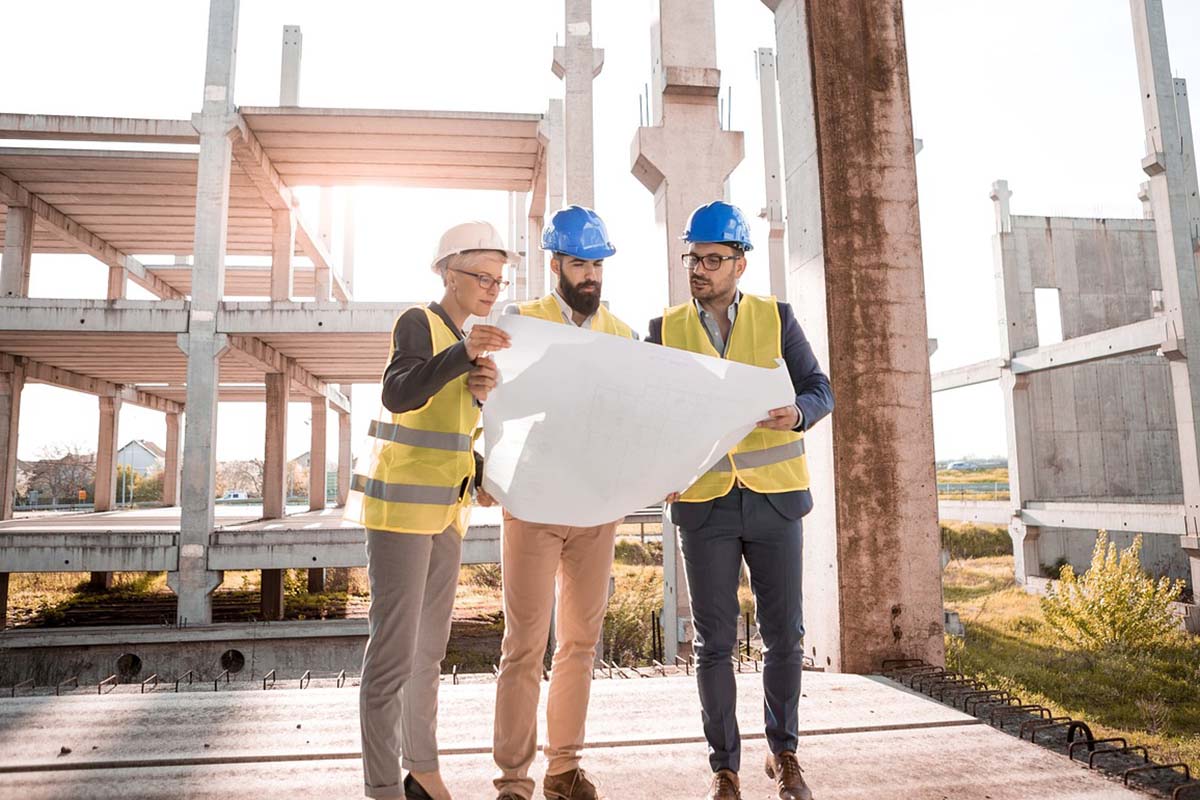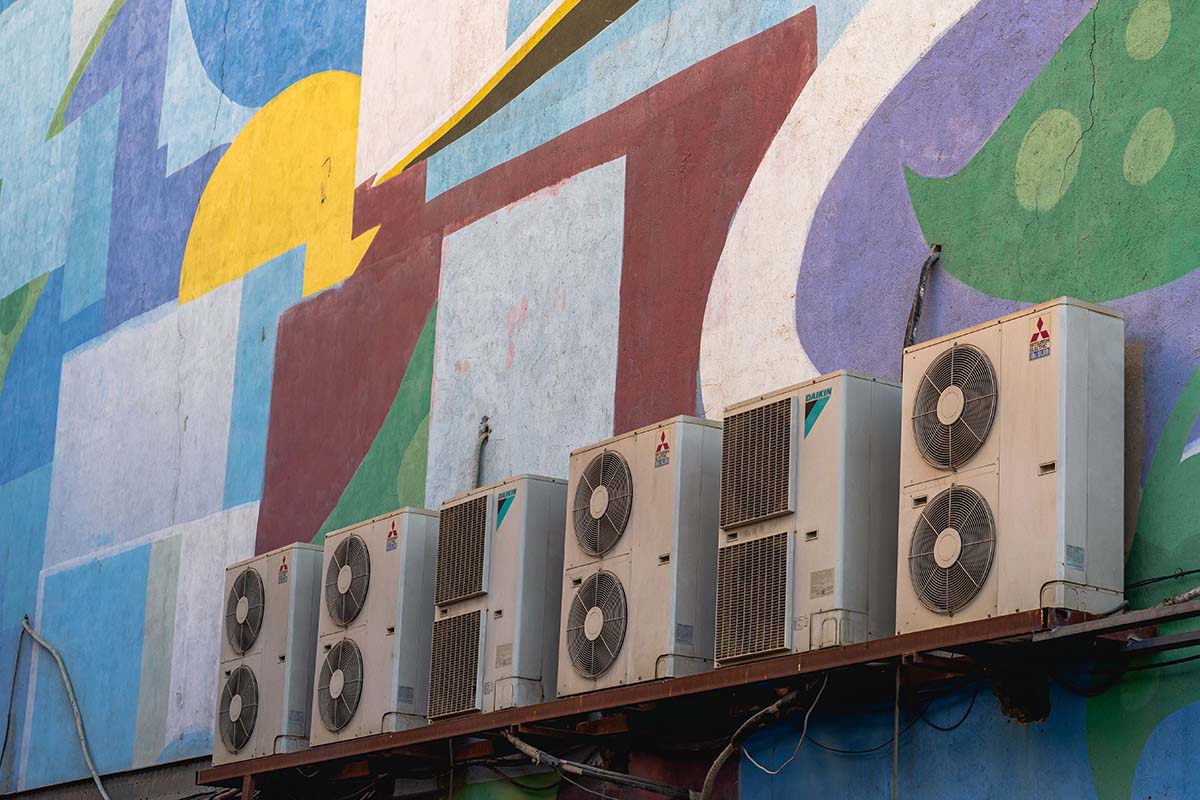What Are The Key Components Of A Quality Building?
You’re planning to construct a building, but what goes into making a high-quality one? From foundations to rooftops, every single element counts. By understanding the key components of a quality building, you’ll be well-equipped to make informed decisions about your project. Let’s delve into the essentials that contribute to the longevity, safety, and value of a building.
Protection from the Elements
Protection from the elements is a crucial aspect of a quality building. Professionals who build residential and commercial roofs know that it’s not just about comfort and aesthetics, but it’s also a matter of safety and longevity. Buildings have to withstand diverse weather conditions, including rain, snow, heat, and wind. Proper protection ensures the integrity of the structure over time, preventing costly repairs or even dangerous collapses. For instance, a well-sealed and insulated building prevents water intrusion, which can lead to mold growth and structural damage.
Similarly, quality roofing that reflects or absorbs heat depending on the climate can enhance energy efficiency, reducing heating and cooling costs. Lastly, strong, wind-resistant design features are essential in areas prone to high winds or hurricanes. A well-protected building from the elements provides a safe, comfortable environment for its occupants and maintains its value and function over time.
Foundation
The foundation is the bedrock of any high-quality building, serving as the critical interface between the structure and the ground. It’s designed to distribute the weight of the building evenly, preventing uneven settling or potential collapse. A well-constructed foundation helps safeguard the building against external forces such as earthquakes, floods, and soil erosion. Moreover, it provides a level base for the construction of walls, ensuring the overall stability and verticality of the building.
Foundations also create a barrier, preventing moisture from seeping into the building, which can lead to damaging conditions like mold growth or wood rot. Therefore, it’s not an overstatement to say that the health and longevity of a building largely depend on the quality of its foundation. In a nutshell, a strong foundation is the first step towards a safe, durable, and high-quality building.
Structural Integrity
Structural integrity refers to a building’s ability to withstand its intended load without experiencing unacceptable deformations and stresses that could lead to failure. This includes the load of the building itself, people and objects inside it, and external forces such as wind, earthquakes, and snow. A building with high structural integrity has a well-planned, robust frame made of quality materials, ensuring that the load is effectively distributed throughout the structure, preventing areas of undue stress that could lead to damage or collapse.
Furthermore, it factors in the environmental conditions of the building site, acknowledging that different climates and geographies present distinct challenges. The importance of structural integrity extends beyond the construction stage—it directly influences the building’s maintenance costs, resilience, and lifespan. Structural integrity is an indispensable component that secures a building’s function, safety, and value over time.
Quality Materials
A building requires the very best materials to stay intact and safe for everyone. These are the following:
- Concrete
- Steel
- Brick
- Wood
- Glass
- Insulation materials
- Roofing materials
- Aluminum
- Cement board
- Stone
- PVC and CPVC
- Plaster
- Terrazzo
- Ceramic tiles
- Recycled materials
A structure’s strength, durability, and longevity largely depend on the quality of the materials used. Premium materials withstand wear and tear, resist environmental conditions, and reduce the need for frequent repairs and replacements, saving costs in the long run. They also improve the building’s energy efficiency, leading to a reduction in utility bills.
Also, materials such as non-toxic paints and sustainably sourced timber contribute to a healthier indoor environment, safeguarding the well-being of the occupants. Therefore, investing in quality materials is not just an investment in the physical building, but also in its long-term performance, sustainability, and the health and safety of its users.
Energy Efficiency
Energy efficiency is a key component of a quality building, not only because it’s environmentally responsible but also because it’s economically sensible. Buildings made with this in mind use less energy, reducing greenhouse gas emissions and our reliance on fossil fuels. Additionally, they offer significant cost savings over time because of reduced electricity, heating, and cooling bills. Improved insulation, energy-efficient appliances, and strategic design can all contribute to a building’s overall efficiency.
Furthermore, energy-efficient buildings often enhance comfort levels, maintaining a consistent temperature and reducing noise. Also, they can positively impact health due to better air quality, with less risk of mold and dampness. Thus, energy efficiency is essential for creating sustainable, comfortable, and cost-effective spaces in a quality building.
Functional Design
Functional design is a fundamental aspect of a quality building, serving as the blueprint for how the space is utilized and navigated. It ensures that the building meets the needs of its occupants, enhancing their comfort and productivity. This includes ensuring proper flow between rooms, adequate natural light, and thoughtful placement of features such as entrances, windows, and amenities.
From an accessibility standpoint, functional design also incorporates features for individuals with varied abilities, such as ramps, wide doorways, and easy-to-reach switches. Additionally, functional design can improve a building’s energy efficiency by optimizing daylight use and natural ventilation. Thus, a well-executed functional design not only enhances the usability and comfort of a building but also contributes to its overall sustainability and efficiency.
Attention to Detail
Attention to detail is integral to constructing a quality building, as it ensures every aspect of the construction process is meticulously handled. It goes beyond just structural elements, encompassing the aesthetics, functionality, and safety of the building. A keen eye for detail is necessary to identify potential issues early, preventing costly fixes down the line. It’s in the details where craftsmanship shines, differentiating a quality building from an average one.
Carefully selected materials, precision in construction, and thoughtful design all contribute to the building’s longevity, functionality, and aesthetic appeal. Thus, attention to detail is not just an add-on but a cornerstone for a high-quality building, ensuring it’s built to last and serve its purpose efficiently.
In your quest to construct a high-quality building, remember these essential components. Prioritize protection from the elements, a solid foundation, and structural integrity. Never compromise on quality materials and strive for energy efficiency. Remember, a functional design and meticulous attention to detail will set your building apart. Let these principles guide you in creating a structure that is lasting, safe, sustainable, and aesthetically pleasing.




















